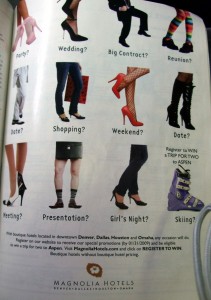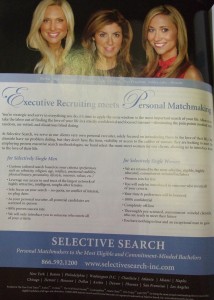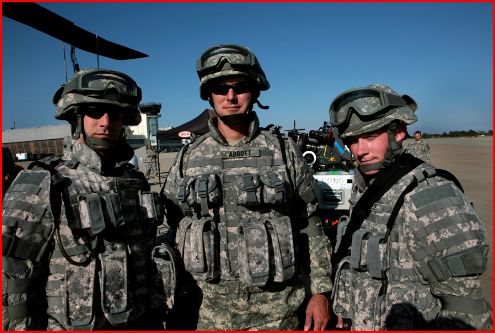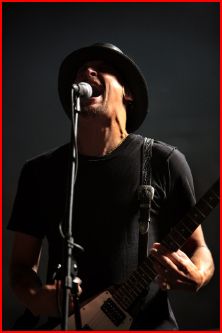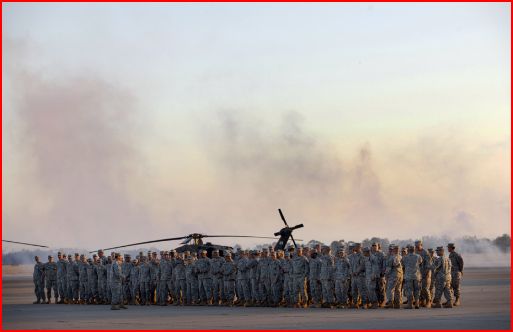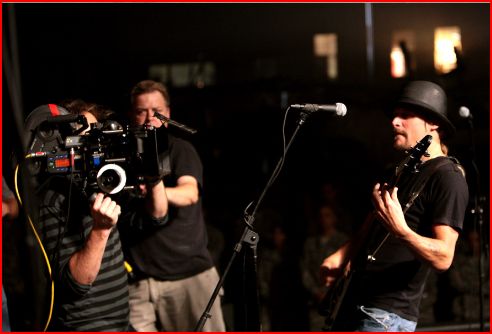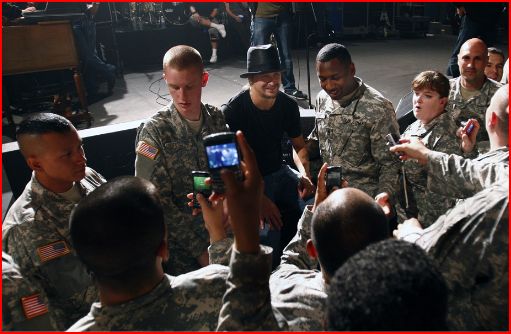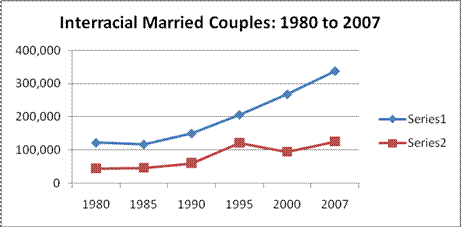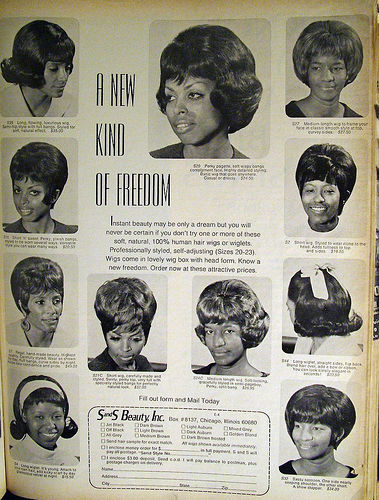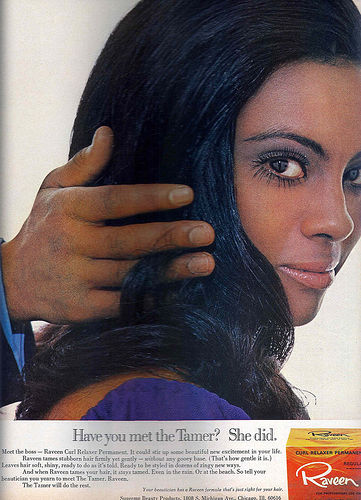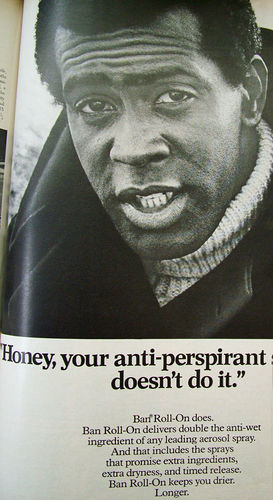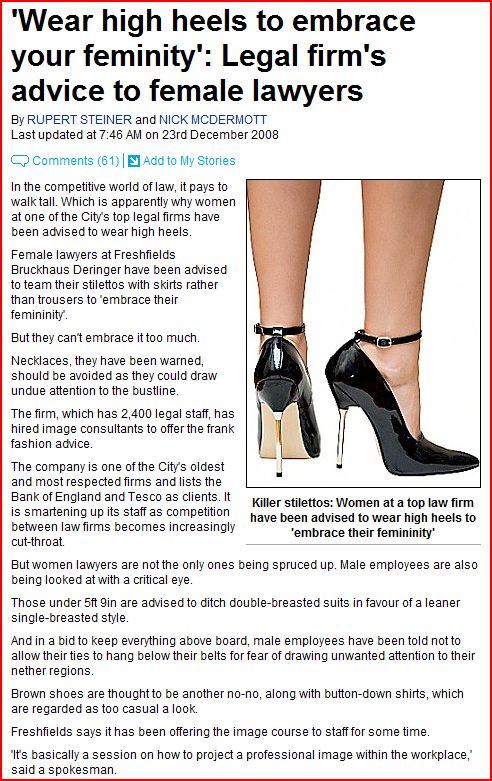Over at Ferris State University’s Jim Crow Museum of Racist Memorabilia, I found a page about depictions of the Jezebel stereotype, which included a number of fascinating/horrifying images. The Jezebel was, of course, a sexually promiscuous African or African American woman, wanton and lustful. Here’s a topless grass-skirted Jezebel ashtray:

According to the website, this license plate with a pregnant Black woman came out after Lyndon B. Johnson won the 1964 Presidential election (he used the phrase “All the way with LBJ” in his campaign):

A Virgin Fishing Lucky Lure:

This is a set of swizzle sticks shaped like African women:
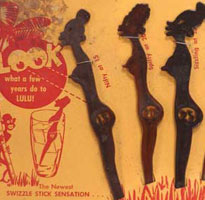
I found an image of a full set for sale at Go Antiques:
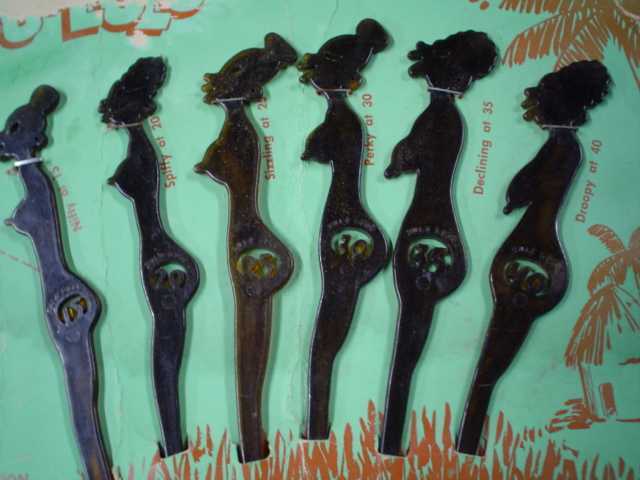
Note that the swizzle sticks supposedly show the woman at different ages; the age is in that cutout area in their butt. The text next to the figures:
Nifty at 15, Spiffy at 20, Sizzling at 25, Perky at 30, Declining at 35, Droopy at 40
If you look carefully you’ll see that their boobs and butts sag as they age. I wonder if this same aging scheme applies to White women? At 33, apparently I’m just about to leave the last decent stage of my life and enter my declining years. Of course, in modern America we have cosmetic surgery, so I guess I could stave off droopiness for at least a few years.
Anyway, they’re good examples of the way Black women’s bodies have often been sexualized, and how people were comfortable showing them naked even when the idea of women’s sexuality in general wasn’t considered appropriate for polite company. The Jezebel stereotype reemerged in a slightly different form in the 1980s with the idea of the “welfare queen,” a poor black woman (on public assistance, of course) who has lots of kids with various men just to get more welfare payments, an image President Reagan used to further reduce public support for the welfare state.

